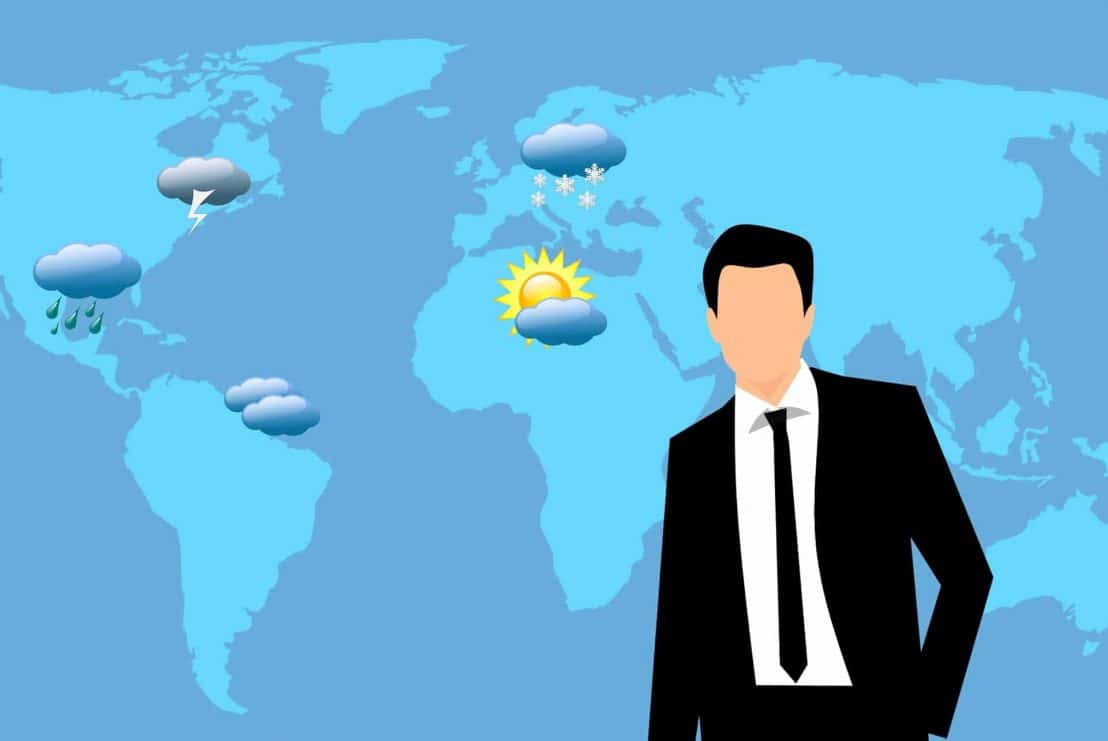Atlanta-based network The Weather Channel, a well-known cable channel source of meteorological data across the US, was knocked off-air for over an hour on the morning of 18 April by what it described in a tweet as a “malicious software attack”.
In replies to the tweet, many Twitter users questioned why anyone would want to hack the network in the first place as it appears an unlikely target.
The network’s morning show, “AMHQ,” which had been due to start at 6 am ET, was unable to go on air and viewers instead saw default taped programming, until the AMHQ show returned to the air at 7:39 am ET with a commercial break. At 7:43 am, the show’s anchors announced the reason for their absence.
“The Weather Channel, sadly, has been the victim of a malicious software attack today,” anchor Jim Cantore reportedly said.
“Yes, and it has affected our ability to bring you your weather information,” added anchor Stephanie Abrams. “So we just wanted to say thank you again for your patience and we want to get right to today’s severe weather.”
The network said it was able to use “backup mechanisms” to quickly restore live programming and informed viewers that federal law enforcement was “actively investigating the issue”, apologizing for “any inconvenience” to viewers as it works to resolve the matter.
This incident demonstrates that media companies are just as vulnerable to hacking as any other industry that has embraced modern technology. Television broadcasts are increasingly delivered via IP video distribution networks and cloud-based media processing, opening them up to the same threats that other IT-enabled businesses routinely face.
The danger is that hacks of this sort have the potential to disrupt much more than the morning weather forecast as they could open the airwaves up to retaliatory attacks against news organizations, protests, and censorship of certain content as well as hijacking feeds to push out certain messages or extortion efforts.


Leave a Reply